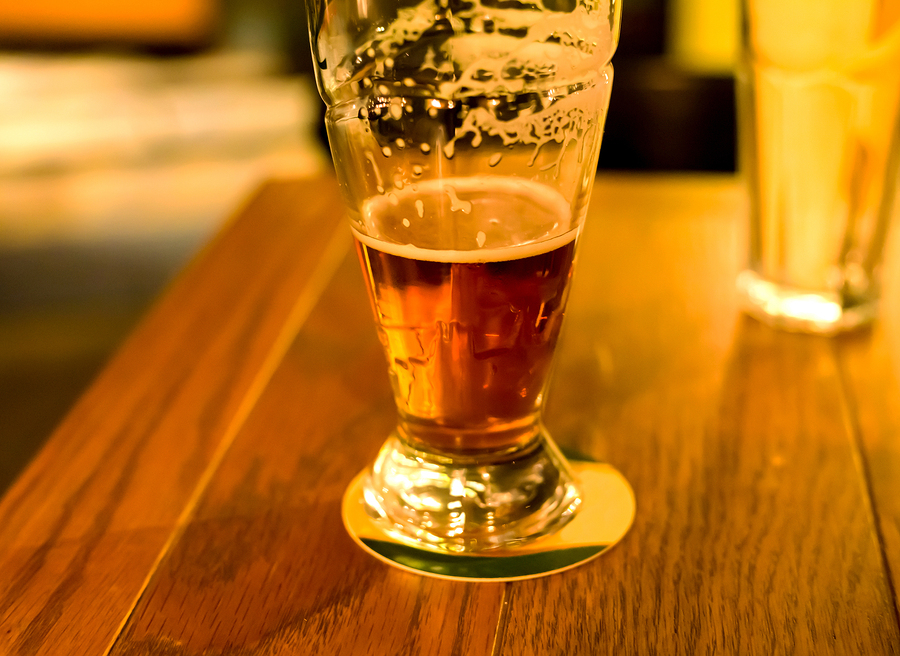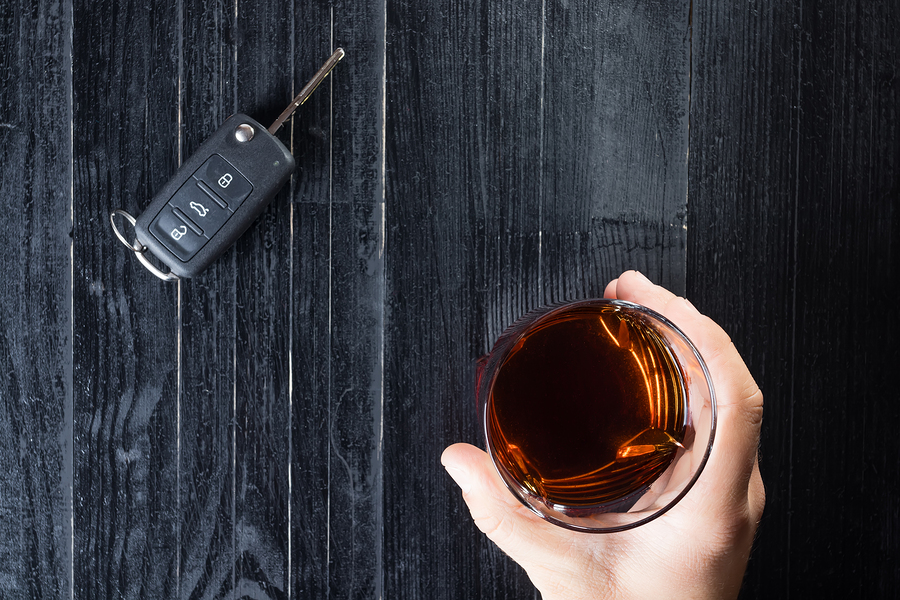The Road Safety Act 1967 introduced the maximum legal drink drive limit and reached its 50th anniversary on October 7th 2017, but still there are 200 fatalities each year involving drink driving, and many more incidents involving non-fatal injuries and material damage.
Vehicle Wrapping Centre’s vinyl car wraps are all about keeping your car looking at its best for longer – and as we approach Christmas, the peak season for drink driving incidents, here are some of our top tips on avoiding a prang that could at least damage your paintwork, and at worst might cost somebody their life.
1. Know your risk
Not all men drink, and certainly not all drive after drinking, but the statistics show that nearly two thirds of drink driving fatalities are young men – so admit your risk to yourself if you are in this category.
One in five young men have driven after two or more drinks, so again, recognise if this sounds like you, as your actions could be putting you at increased risk.
2. Say no to two
The figures quoted above are from the government’s THINK! Christmas drink driving campaign last year, which also warned that a second alcoholic drink doubles your risk of being involved in a fatal collision.
It can be tempting to think ‘just one more’ won’t hurt, but if you can get into the habit of saying no, that’s a great start.

3. Maintain your vehicle
Nothing can restore your reaction times when you drive while intoxicated, but a well kept vehicle with good tyre tread, clean windscreen and correctly aligned headlights will help you stay safer in general on winter roads.
Keep your paintwork clean – you might even consider a vinyl vehicle wrap in a lighter colour for the winter months – and your vehicle should be more visible to other traffic too, even when you are parked with your lights off.
4. Go low alcohol
If you are going to drink – and of course there is a certain amount of blood alcohol permissible by law – opt for low-alcohol alternatives to your usual drinks, as you are not drinking to feel intoxicated.
Alcohol-free versions of popular lagers and ciders are an option, some wines are alcohol-free or only about as strong as beer, and ‘light’ lagers contain less units than the strong premium continental brands.

5. The morning after
Finally, with all the partying and festivities this holiday season, think ahead to whether you need to drive the following morning, especially if you will be setting off early.
It takes an hour to metabolise a unit of alcohol – that’s one unit of spirits. A 175ml glass of wine or a pint of standard lager takes two hours, while a 250ml glass of wine or pint of strong lager or cider (around 5% abv) will take three hours to leave your system.
That means if you have four pints of strong lager, you need to allow at least 12 hours to fully metabolise the alcohol – and if you drink late into the night, it’s easy to accidentally be over the limit for your morning commute.
Nobody is asking you to go teetotal for Christmas – just to be aware of the risks drink driving poses both to you, your vehicle and other road users and pedestrians, so that everybody gets home safely from their journey.

